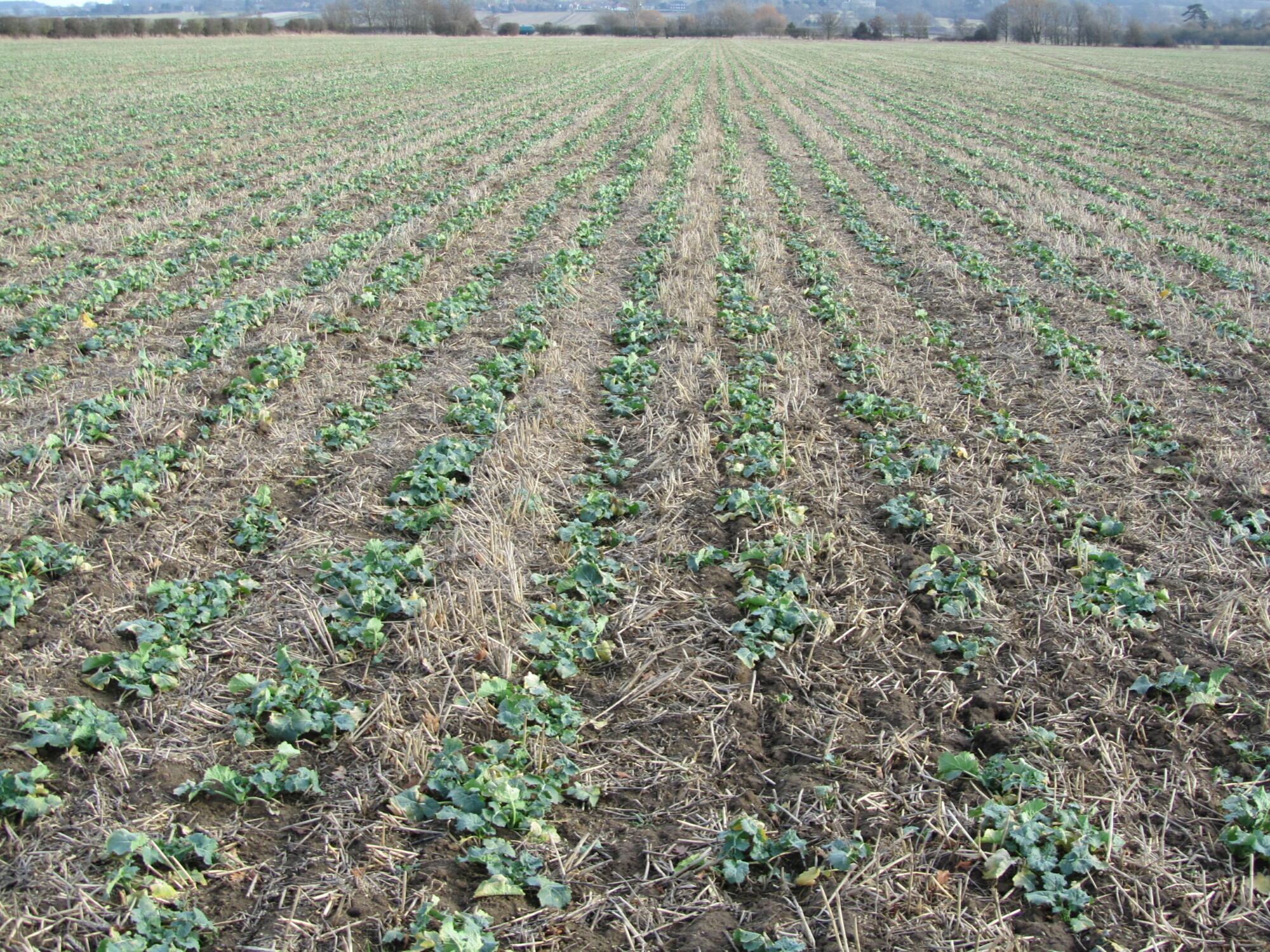Match OSR varieties more carefully to sowing slot this autumn
16th August 2021
A much wider oilseed rape sowing window as growers adopt different strategies to deal with cabbage stem flea beetle makes it more important than ever that they choose varieties with the right characteristics for their particular drilling slot, insists Dekalb technical specialist, Richard Williams.
“Just like wheat, the key here is autumn development speed,” Mr Williams points out. “Disease resistance and standing power are also important considerations, but varieties that do not develop at the right speed ahead of winter can be the difference between success and failure.
“If crops develop too rapidly from earlier sowing you can easily have canopy management problems, more serious frost damage or premature stem extension. And if they don’t develop rapidly enough from later sowing, you have weak and backward crops going into the spring.
“The right autumn development speed wasn’t so crucial when drilling was concentrated in a three-week period from mid-August to early September, but becomes essential now the window extends from late July to the second half of September.
“Regardless of drilling slot, you need OSR to emerge evenly and establish vigorously to combat CSFB grazing. But if you preserve sufficient moisture in the ground through the cotyledon stage and sow at the right depth with good seed-to-soil contact you’ll find most modern hybrids are able to do this.
“The main differences we’ve always seen in our breeding and trials lie in the speed with which varieties then get their feet down and put on leaf growth,” reports Mr Williams. “The rapid autumn development trait we have prioritised in our ‘Ex’ hybrids way back to Excalibur enables them to grow away from challenges like CSFB. It’s particularly valuable too where soil and moisture conditions are less-than-ideal.
“We have also developed a number of varieties with ultra-rapid autumn development that are best suited to later planting or the most challenging establishment conditions.”
So, what varieties does Mr Williams recommend for which slots this autumn? Well, first and foremost, he stresses that rapid autumn development is as important for earlier drilling as it is for traditional mid-late August sowing.
This is to give crops the best chance of growing away from CSFB despite any soil structural or moisture challenges. It also recognises the fact that drilling may not necessarily be as early as originally intended if it remains dry into early August or a relatively late cereal harvest gets in the way.
He sees faster-than-average leaf development as essential insurance for early drillers, insisting that growth can always be regulated with autumn metconazole if establishment conditions prove better than expected.
Fast or early spring re-growth is also important in his view to give crops the best chance of growing away from the increased burdens of CSFB larvae that tend to go hand-in-hand with drilling before mid-August.
Alongside these key development characteristics, he suggests varieties for drilling before mid-August need to be especially resistant to light leaf spot and have excellent standing power to combat the extra pressures it brings. Good verticillium and TuYV resistance are also ‘nice to haves’.
“DK Exstar is the obvious first choice for early drilling,” advises Mr Williams. “As well as rapid to develop in both autumn and spring, its combination of light leaf spot, phoma and verticillium resistance, lodging resistance and stem stiffness is second the none. TuYV-resistant, DK Excited delivers almost as much early drilling strength, while DK Extremus provides the additional value of early spring development.”
For those planning on later sowing – after the peak of CSFB migration and to minimise larval burdens – he regards ultra-rapid autumn development as the ‘must have’ characteristic, noting that lower temperatures and shorter days mean sowing in mid-September puts particular pressure on both leaf and root growth.
While later-sown crops are arguably likely to come under less light leaf spot, verticillium and TuYV-carrying aphid pressures, he adds that the most robust phoma resistance becomes more important. He also recommends rapid – though not necessarily early – spring regrowth for the best crop recovery should the early winter be as wet as it has been in the past two seasons.
“This is where a variety like DK Exsteel really comes into its own,” says Mr Williams. “Almost 90 per cent of those with experience in growing the variety rate it as noticeably better in its autumn development than other varieties, and it has consistently been recognised as one of the most vigorous autumn developers of the 40-plus varieties Agrii trial each year.
“Autumn development speed apart, a traits profile very similar to DK Exstar assures the reliability of performance the variety is widely recognised for.”

